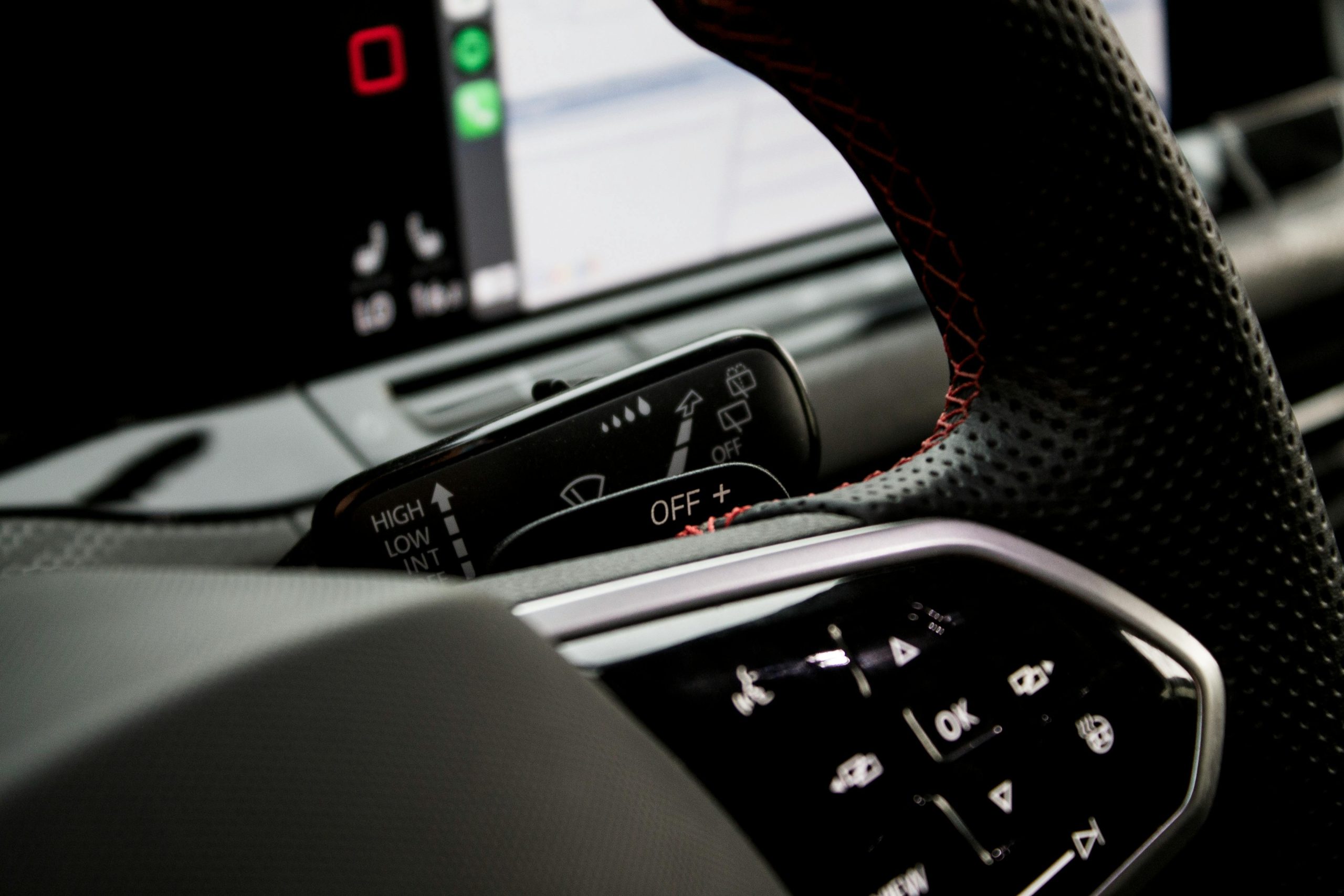Reviving a Found Alienware Laptop: Navigating GPU Detection Challenges
Recently, I stumbled upon an intriguing find in my condo’s recycling room—a discarded Alienware laptop. Despite its unfinished condition, missing a bottom panel and hard drive, I seized the opportunity and improvised by attaching my own HDD with some tape. Once I powered it on, I was met with promising specifications: it boasts an Intel Core i7 4720HQ processor accompanied by 8GB of RAM. Not too shabby, especially when compared to my own gaming rig featuring an i7 4770 and a GTX 970.
Initially, I held onto some hope that this laptop was equipped with a GTX 960 or 970 GPU, which would allow me to indulge in my gaming hobby amid the challenges of new parenthood. Unfortunately, after performing a clean installation of Windows 10, the system displayed a rather underwhelming detail: it was operating solely on integrated graphics.
This raised a series of questions in my mind. How can I discover whether a dedicated GPU exists in this laptop? Could it be that Alienware produced versions of this model devoid of any dedicated graphic processing unit? Or was it likely that the GPU had become inoperable? Compounding my frustration, I encountered a notification urging me to replace the battery. I wondered if a functioning GPU would require more power than my laptop could manage, potentially triggering the system to rely on integrated graphics to conserve energy.
I am reasonably adept at understanding hardware components, but I often find myself challenged by software intricacies. Thus, I turned to the tech-savvy community for guidance.
Update on My Journey:
As I continued my troubleshooting, I initiated a series of Windows updates, hoping they would resolve the GPU recognition issue. Post-update, my system finally acknowledged the presence of a GTX 970M, proudly claiming that the device was functioning properly. However, when I attempted to run Minecraft at maximum settings, I experienced a less-than-satisfactory frame rate of 20-40 FPS.
This led me to ponder whether disabling the integrated graphics would yield better performance, but I fretted about the potential repercussions on my Windows installation if the GTX 970M encountered issues.
With additional experimentation, I specified Minecraft to utilize the GTX 970M exclusively. Miraculously, the frame rate improved, stabilizing closer to 60 FPS! Still, I found myself longing for a definitive solution that would prevent the integrated graphics from interfering with my gaming experience entirely
Share this content:



